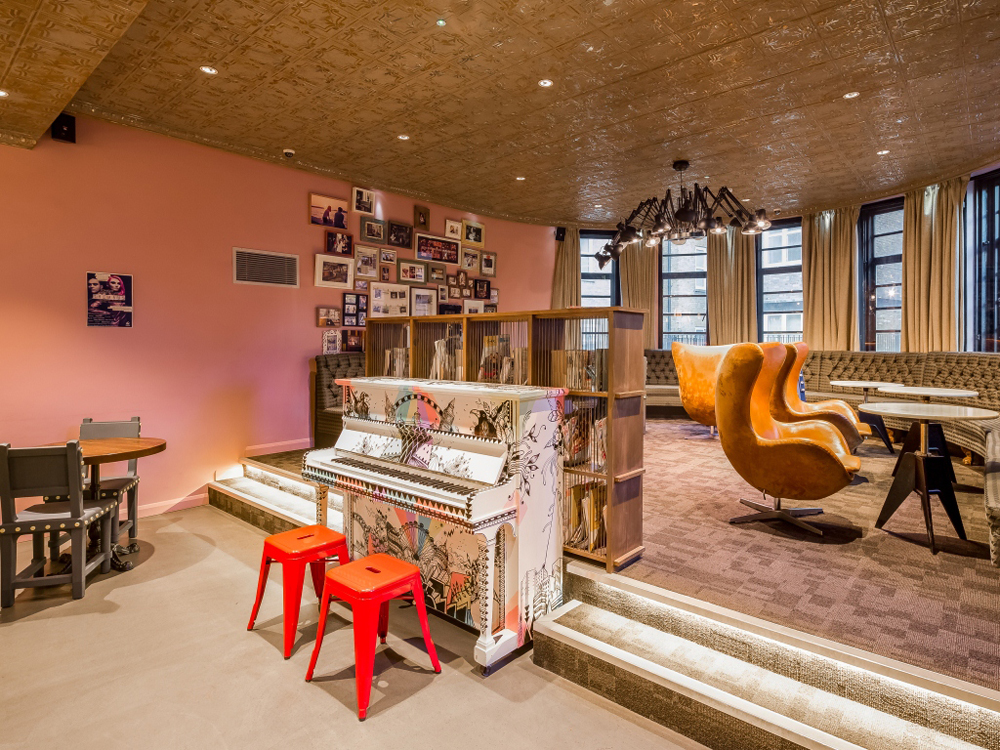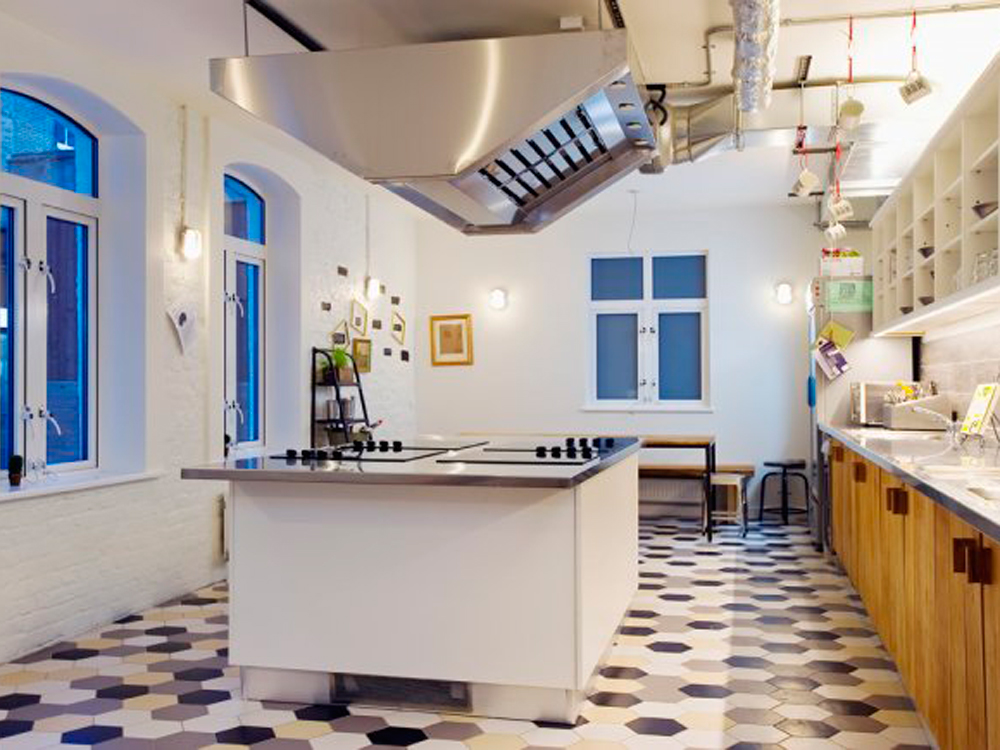Poshtels: 2015’s Cheap And Chic Travel Trend
Sitting somewhere between a hostel and a boutique hotel, poshtels are the way forward for city breaks on a budget.

Sitting somewhere between a hostel and a boutique hotel, poshtels are the way forward for city breaks on a budget.

Travelling and tight budgets often go hand-in-hand, but if bunking up in a sweaty dorm with only a balding piece of tarpaulin for privacy doesn’t float your boat, the poshtel might be the answer.
Blending elements of hotel décor with the community feel of a hostel, it’s a hybrid between the two. Tammy Smulders, a trend forecaster with SCB Partners, says poshtels will offer young travellers the chance to have a budget holiday with contemporary feel, and won’t mean compromising on the comfort factor.
Ok, it sounds good, but what are poshtels?
You don’t have to be jetting off on a round-the-world trip to visit a poshtel, although it would make the experience considerably more cushy. In fact, they’re aimed at young city-breakers who want to socialise, soak up the local culture and keep a firm hand on the purse-strings.
‘They’re in their own category,’ Tammy says. ‘They sit somewhere between a cheap, trendy hotel and a hostel, and help keep the cost of a holiday down. Their big draw is their focus on contemporary design; some even look like the Big Brother house inside.’
Often, the rooms are painted by local artists, so you can soak up the culture the moment you walk in. You won’t have to go far to sate your sightseeing thirst, either – poshtels are usually found in city centres, so everything really is round the corner.
Celebrity news, beauty, fashion advice, and fascinating features, delivered straight to your inbox!
I’m sold, but what can I do there?
Looking good isn’t the only thing poshtels have to offer. Communal areas are much more than a bar propping up a lone, bedraggled backpacker – terraces, open-plan lounges and even restaurant areas make them places you’ll actually want to spend time.
‘Hostels are still perceived as crusty old places,’ says Tammy. ‘Because prices are so low, it’s hard for them to reinvest and improve their facilities, but there will always be a market for cheap places to stay.’ She explains that poshtels attract a slightly more discerning customer, so there’s every chance that the people you meet will be ones you actually want to spend time with.
Themed poshtels – don’t worry, we’re not talking Disney or Star Trek – are also appearing, like the Swish Spa WellnessHostel 4000 in Switzerland, which features herbal baths, saunas and eco-friendly facilities. Wombat’s City Hostels, which already operate in Budapest, Berlin, Munich and Vienna, opened a London branch in December, and used the building’s nautical history as a sailor’s dorm as inspiration for the interior – all driftwood panelling and hues of blue.
Others are aimed at outdoor types, like the YHA Boggle Hole on the Whitby coast, which features a log cabin-themed dining area adorned with fishing nets, and is aimed at families looking for an active, coastal break. There really is something for everyone.

Will I still have to share a room?
In short, yes, although there’s generally much more space than in a run-of-the-mill hostel. Some poshtels do offer private or twin rooms for an extra cost, but most offer a mixture of shared dormitories that can house any number of beds from six to 16.
Bathrooms also tend to be shared, but that needn’t strike fear into your heart. Poshtels pride themselves on quality, and cleanliness is high on their list of priorities. India Bottomley, a student who stayed at the Generator hostel near King’s Cross, seconds this.
‘The bathroom facilities were great!’ she says. ‘It was like a boutique hotel so I was quite relieved given that I'd never stayed in a hostel before. The staff were really friendly, and it felt like we were staying in an expensive hotel.’
India and her friend paid £35 each for a twin room at the Generator, and she says she’d definitely use a poshtel for any future trips abroad.
‘The facilities were really bright and definitely geared towards younger customers, and there was a sort of industrial "loft" feel throughout which I liked,’ she says. ‘All in all, it was a hundred times better than the metal image I had of a hostel, and the food was all really good quality, too.’

So now I want to book my break – where should I go?
There really is a poshtel for everyone, so we asked Tammy to round up some of her favourites.
The Safehouse Hostel, Cardiff
Best for: Young professionals seeking luxurious weekend getaways Set in a Victorian building in the city centre, this one is perfect for those who want a culture-soaked break with a hint of nature. You’ll be within walking distance of some of Wales’s best heritage and natural sites, like Cardiff Castle. From £24 per night.
Clink Hostels, Amsterdam Best for: Urban explorers From the Clink Hostel, you can take a guided bicycle tour through Amsterdam’s city centre, taking in museums, art galleries and the famed coffee shops along the way. From £18.50 per night.
Generator Hostel, Rome
Best for: Romantics You don’t have to shell out to see Rome in all its glory – enjoy panoramic views across the city centre from the Generator’s roof terrace. Opens mid-2015.
The Swish Spa Hostel, WellnessHostel, Saas-Fe, Switzerland
Best for: The health-conscious traveller The first of its kind, the WellnessHostel 4000 combines the community feel of a hostel with top-notch spa facilities and stunning views of the Swiss Alps. From £38 per night.
Get more great travel inspo, here...
The leading destination for fashion, beauty, shopping and finger-on-the-pulse views on the latest issues. Marie Claire's travel content helps you delight in discovering new destinations around the globe, offering a unique – and sometimes unchartered – travel experience. From new hotel openings to the destinations tipped to take over our travel calendars, this iconic name has it covered.